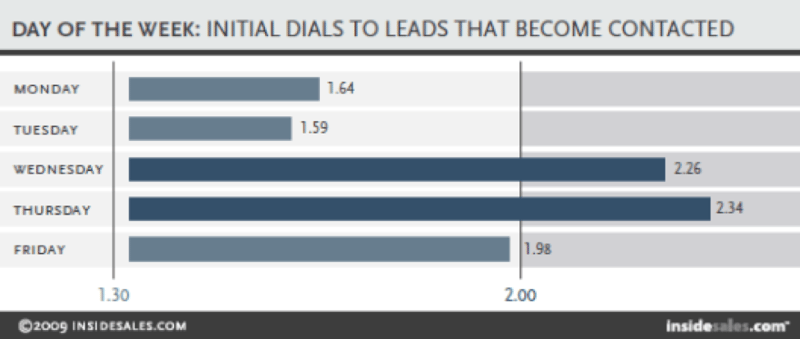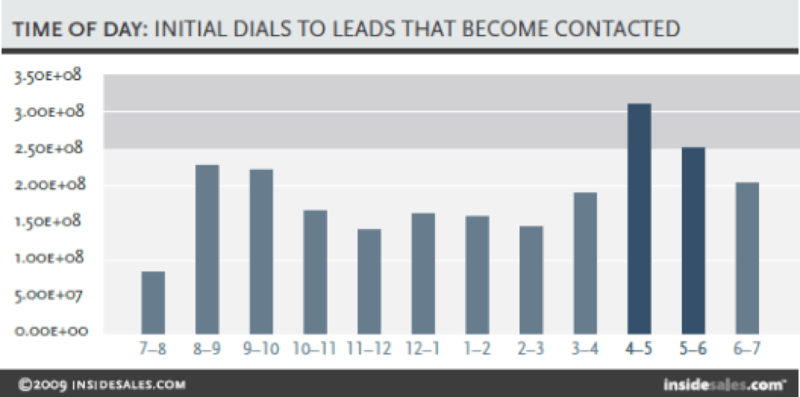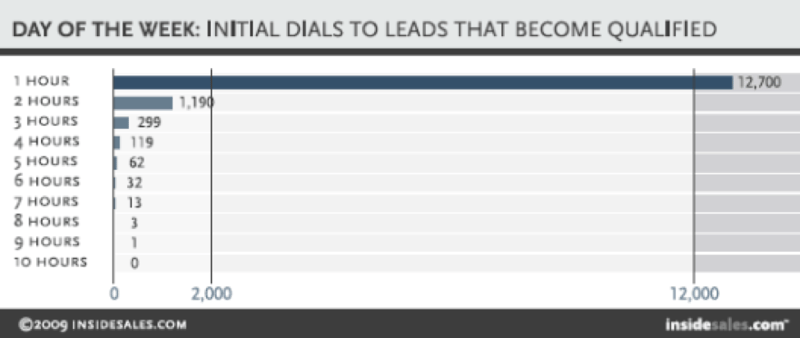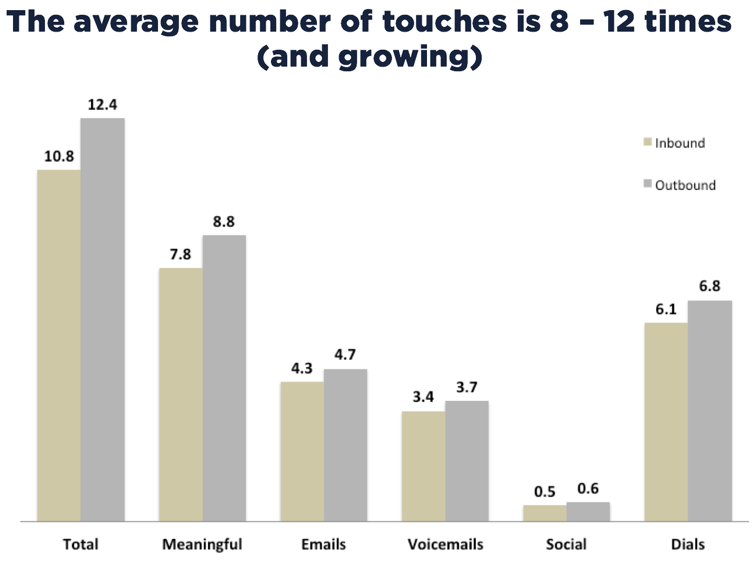 So the leads have started to come in. Qualified prospects are downloading your whitepapers, watching your videos and engaging in your content. It certainly feels good to know that all of your hard work is being greeted with such a positive response. But is that enough?
So the leads have started to come in. Qualified prospects are downloading your whitepapers, watching your videos and engaging in your content. It certainly feels good to know that all of your hard work is being greeted with such a positive response. But is that enough?
While I certainly don’t want to underplay the value and importance of this, getting the lead is just the first important milestone on your journey to generating accelerated revenue.
The important question is what are you doing after you get the lead?
Here’s what most companies do when someone becomes an inbound lead:
- About half do nothing.
- About 30% enroll the lead in some form of drip or email nurture, hoping that this will prompt the lead to take action.
- About 15% turn the lead over to their sales team, expecting their salespeople to connect, qualify and sell to them.
- About 5% put the lead through a defined process specifically designed to maximize the probability of sales success.
There are two fundamental problems with all but the last approach:
- The nature of inbound leads makes nurturing an important, but not sufficient effort.
- Salespeople (using the general definition) are not in a position to successfully follow up with inbound leads.
Inbound marketing, done properly, focuses on creating relevant content that prospects will find valuable for their reasons. So, just because someone downloads something does not mean they want to or intend to buy anything related to your products or services.
Further, even if they are actively in the market for what you sell, downloading content does not mean anything in terms of intent to buy or willingness to discuss the opportunity with your company.
I know many people (including myself) who are actively involved in a buying cycle and are discussing options with potential vendors. As part of their research/due diligence, they download materials to learn more about the issues and options. That does not mean they will involve the company whose material they downloaded in the consideration phase on their own volition. (Though if the selling organization had an effective outreach process for such leads, they could change that.)
This brings us to the problem with merely passing leads onto your sales team. A salesperson’s primary job is to manage the active sales process. They’re judged by the number of successful opportunities they bring across the finish line, and the value of those opportunities. The skillset (to a degree) and the focus of salespeople are not conducive to successfully engaging inbound leads.
The Biggest Reason Salespeople Fail with Inbound Leads
If you talk to most people familiar with this problem, they’ll tell you that the reason salespeople don’t succeed with inbound leads is that they don’t value them properly. While there’s certainly truth in that statement, it doesn’t get to the core/cause of the problem.
Remember, salespeople win when they get opportunities across the finish line. Until a lead is fully qualified, it will always take a back seat to active opportunities in an average to strong pipeline. Even the most optimistic of research says that only 25% of qualified inbound leads will be ready to buy within a year.
What’s more – and here’s the biggie – the activity required to connect, enage, qualify and advance such a lead is (literally) a full-time job. Sure, it feels good to think that someone who has downloaded your whitepaper will happily (and quickly) engage with your salespeople, but the truth is they won’t.
The day of the week, time of the day, elapsed time from download and a myriad of variables all contribute to the likelihood of success in connecting with leads. Additionally, the initial contact with such a lead is only the beginning of qualifying an opportunity.
Consider the following data from InsideSales.com.
What’s the best day to connect with a lead?

Thursdays are almost 50% more effective to connect with a lead than Tuesdays.
What’s the best time to connect?

4 – 6 pm is 114% better than calling between 11-12.
How quickly should you call?

The likelihood of connecting with a qualified lead drops by 10x after the first hour.
This data is just the surface of what it takes to successfully connect with leads, and frankly if you try to pay attention to all of it, you will go crazy. TOPO, a research firm that focuses on sales development issues, has data that helps to simplify the crux of the issue:
How many attempts does it take to make an initial contact with a lead?

The bottom line is that if you want to successfully transform inbound leads into revenue, you must implement a disciplined, consistent, multi-prong outreach process. Salespeople, with multiple responsibilities, simply cannot maintain such a focus.
The Crucial Role of Sales Development
This is why allocating resources to a dedicated sales development process is so important. Sales development reps (SDRs) spend all of their time focused on outreach. They can dedicate the time, and allocate their time appropriately to implement a well-designed outreach process.
Additionally, they’re trained to do the ground work and manage the qualification process so that your sales team can spend their time doing what they do best, namely getting qualified opportunities across the finish line at increasingly rapid rates.

 Doug Davidoff
Doug Davidoff